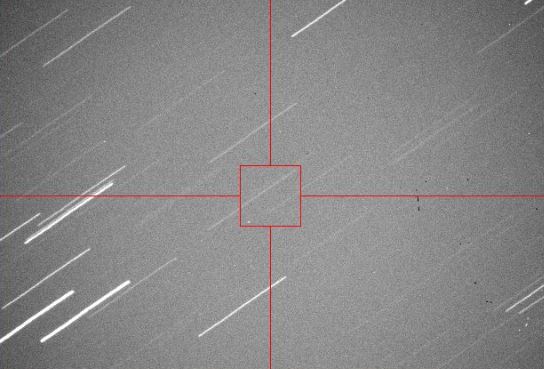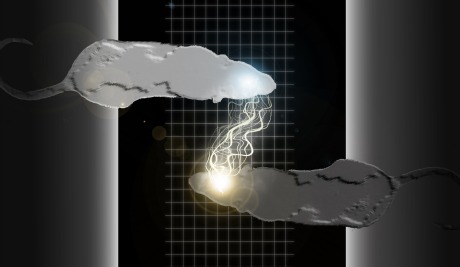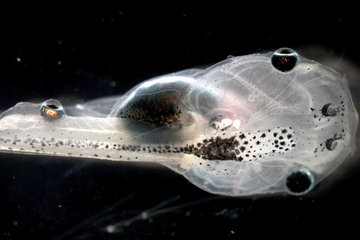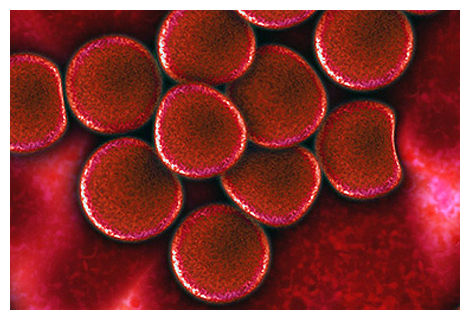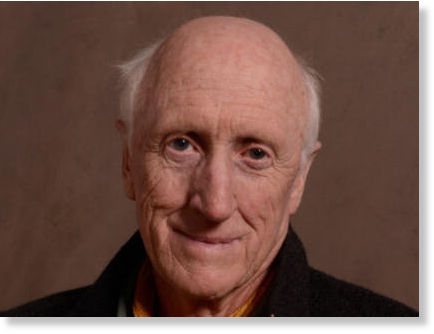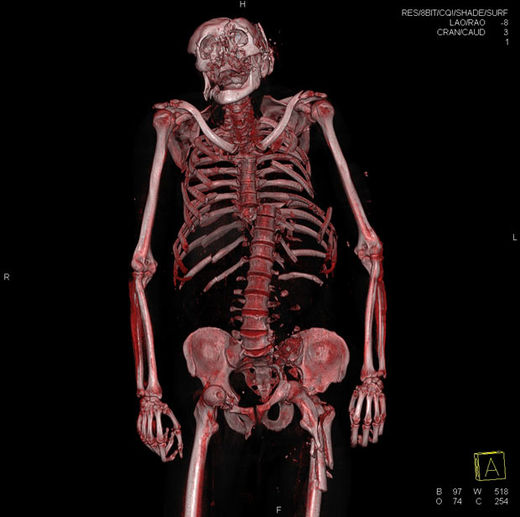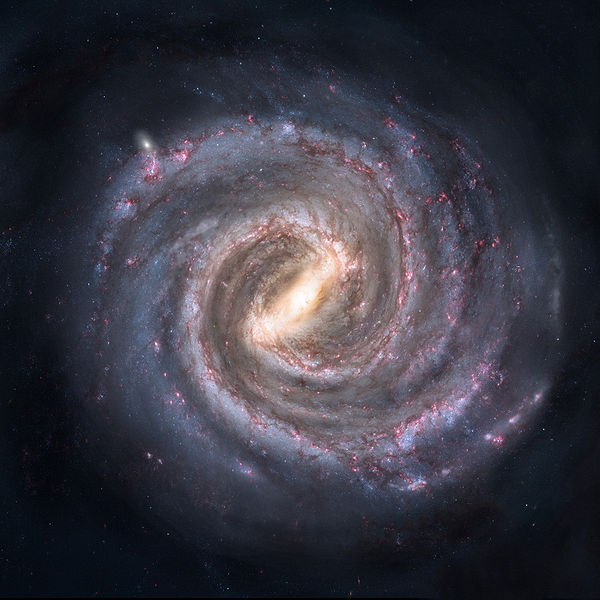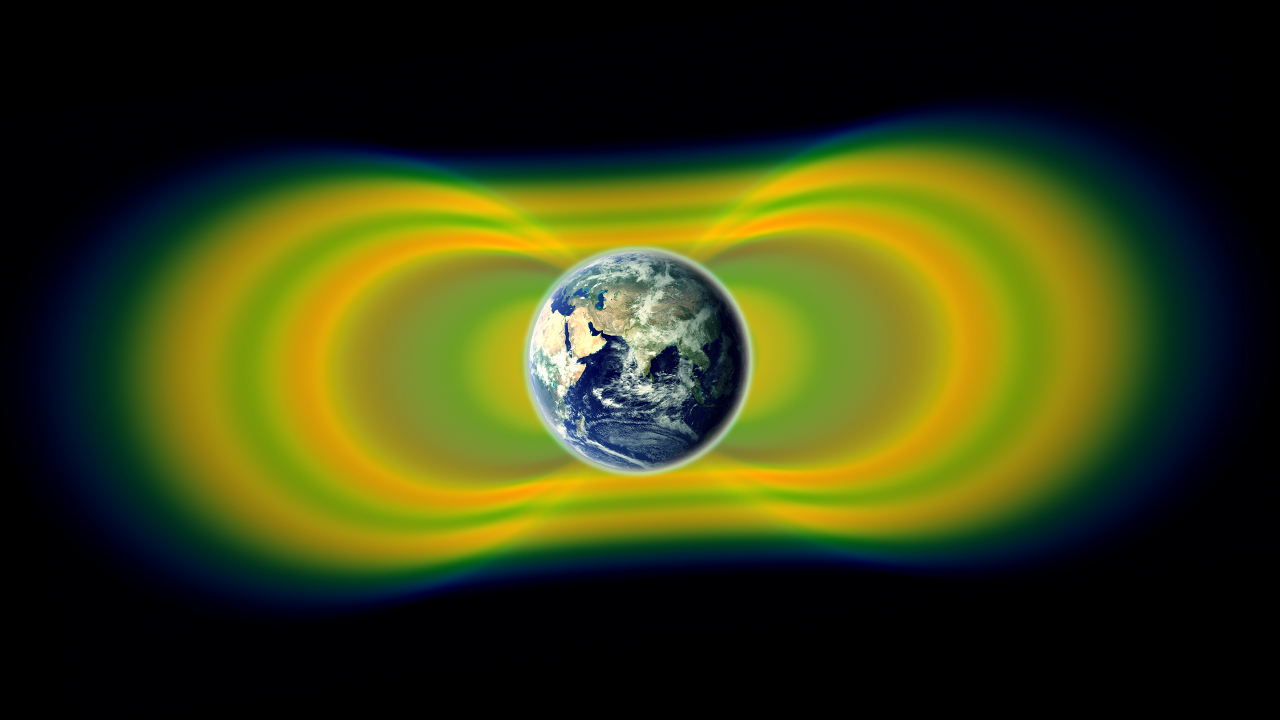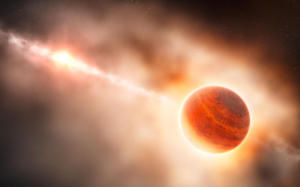
© ESO/L. CalçadaArtist's impression of a gas giant planet forming in the disc around the young star HD 100546. This system is also suspected to contain another large planet orbiting closer to the star. The newly-discovered object lies about 70 times further from its star than the Earth does from the Sun. This protoplanet is surrounded by a thick cloud of material so that, seen from this position, its star almost invisible and red in colour because of the scattering of light from the dust.
Astronomers using ESO's Very Large Telescope have obtained what is likely the first direct observation of a forming planet still embedded in a thick disc of gas and dust. If confirmed, this discovery will greatly improve our understanding of how planets form and allow astronomers to test the current theories against an observable target.
An international team led by Sascha Quanz (ETH Zurich, Switzerland) has studied the disc of gas and dust that surrounds the young star HD 100546, a relatively nearby neighbour located 335 light-years from Earth. They were surprised to find what seems to be a planet in the process of being formed, still embedded in the disc of material around the young star. The candidate planet would be a gas giant similar to Jupiter.
"So far, planet formation has mostly been a topic tackled by computer simulations," says Sascha Quanz. "If our discovery is indeed a forming planet, then for the first time scientists will be able to study the planet formation process and the interaction of a forming planet and its natal environment empirically at a very early stage."
HD 100546 is a well-studied object, and it has already been suggested that a giant planet orbits about six times further from the star than Earth is from the Sun. The newly found planet candidate is located in the outer regions of the system, about ten times further out [1].
The planet candidate around HD 100546 was detected as a faint blob located in the circumstellar disc revealed thanks to the NACO adaptive optics instrument on ESO's VLT, combined with pioneering data analysis techniques. The observations were made using a special coronagraph in NACO, which operates at near-infrared wavelengths and suppresses the brilliant light coming from the star at the location of the protoplanet candidate [2].
According to current theory, giant planets grow by capturing some of the gas and dust that remains after the formation of a star [3]. The astronomers have spotted several features in the new image of the disc around HD100546 that support this protoplanet hypothesis. Structures in the dusty circumstellar disc, which could be caused by interactions between the planet and the disc, were revealed close to the detected protoplanet. Also, there are indications that the surroundings of the protoplanet are potentially heated up by the formation process.
